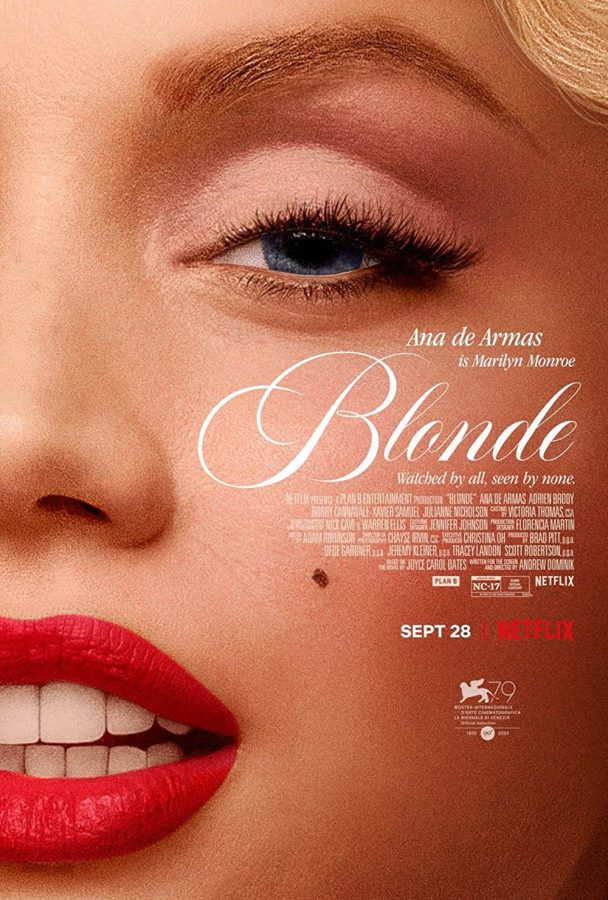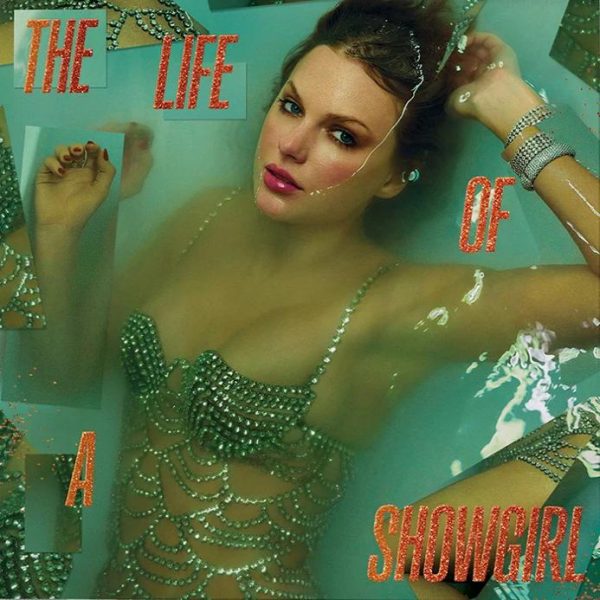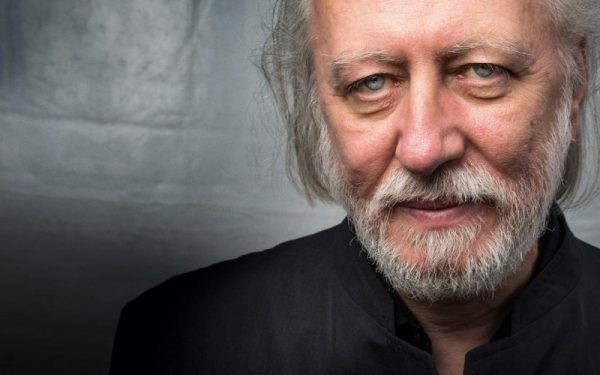‘Blonde:’ Problematic from beginning to end
*Content Warning: This movie is rated NC-17 and contains explicit and sensitive material which might be triggering for some.
“Above all, I want to be treated as a human being,” Marilyn Monroe once said.
Netflix’s “Blonde” forgot to see the real person behind the persona it was portraying.
Monroe died decades ago at the age of 36. Yet, her legacy and talent were so remarkable that her name has continued to appear on an ever-growing list of new titles.
On Sept. 28, Netflix launched “Blonde,” directed by Andrew Dominick and adapted from Joyce Carol Oates’ 2000 fictional biopic of the same name.
Controversial rumors were circling “Blonde” since before its release. Still, the two-hour and 45-minute film received a 14-minute long standing ovation following its debut at the Venice Film Festival.
Part of the pre-release buzz was due to Ana de Armas being cast as Monroe. What caused resistance at the beginning — a Cuban actress portraying a (very) American icon — ended up being one of two unique, positive aspects of the movie.
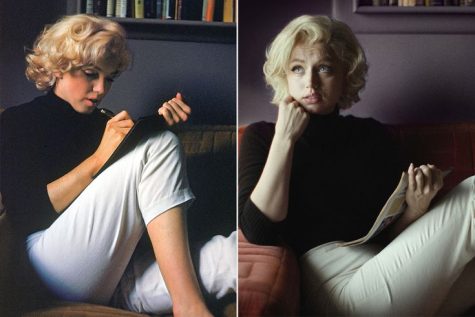
de Armas had gigantic shoes to fill, but did an outstanding job giving life to Monroe’s character. After spending a year refining her accent, voice, and performance, the resemblance caught viewers’ attention from the outset of the movie’s promotion.
“There’s at least one moment in “Blonde,” (…) when you might not be sure if you’re watching Ana de Armas or the genuine article,” Justin Chang wrote for the L.A. Times.
In addition to de Armas’s acting, the film’s cinematography also caught the public’s attention. Its artistic quality was noticed in the pre-release photos, and the work behind the cameras was surprising.
“[Dominick] uses different aspect ratios and switches between color and black-and-white (she made films in both); reproduces some of the most indelible photos of her; and now and again employs some digital wizardry,” Manohla Dargis wrote for the NY Times. “[…] Again and again, Dominik blurs the line between her films and her life.”
Regardless of de Armas’s onscreen charisma and the cinematographic techniques, a good visual was not enough to save “Blonde” from its dramatic psychological thriller plot.
Even if its artistic value was glorious, the public perception of Dominick’s work has been disastrous. To such an extent, Louis Chilton wrote about viewers’ “disgust” in The Independent.
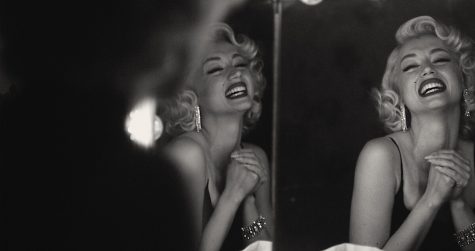
“Blonde is a tough and divisive watch,” Patrick Brzesk wrote for The Hollywood Reporter.
It’s hard to define all emotions that “Blonde” viewers go through. Invasive, insensitive, tone-deaf and agonizing are just the start of its plot description.
“[…] Blonde is not a bad film because it is degrading, exploitative and misogynist, even though it is all of those things,” The Independent’s Jessie Thompson said in her one-star review. “It’s bad because it’s boring, pleased with itself and doesn’t have a clue what it’s trying to say.”
Monroe’s difficult childhood and life struggles are well known by now. But in a desperate attempt to show a raw version of her life, “Blonde” portrayed a disrespectful view of any human being.
The movie goes to absurd lengths when it explicitly portrays Monroe being raped or assaulted multiple times. The nonsense is so out of control to the point of exposing viewers to what the LA Times deems to be a “surreally invasive utero-cam,” from inside Monroe as she goes through abortions — which feels grotesque and wrong.
“There is something disingenuous about a film that goes to such lengths to recreate Monroe’s exterior so faithfully while tormenting her interior to no clear end,” Chilton wrote.
In a movie like “Blonde,” you would expect to see who Monroe was as a person. But in this movie, she’s only a victim of life who couldn’t defend herself from the agony of her fate — which in reality is not true.
“All that’s missing from this portrait is, well, everything else, including Monroe’s personality and inner life, her intelligence, her wit and savvy and tenacity; her interest in — and knowledge of — politics; the work that she put in as an actress and the true depth of her professional ambitions,” Dargis said. “[…] Mostly, what’s missing is any sense of what made Monroe more than just another beautiful woman in Hollywood: her genius.”
Monroe’s legacy was betrayed. de Armas’s talent was hidden by a wrongful perspective and extreme sexualization of her body. Women’s fight regarding respect and safety was diminished to fault staged trauma. Psychological disorders and struggles were portrayed with no care. As a woman, it was hard to swallow such insensitivity with so many heartbreaking moments.
“Blonde” is raw and degrading, with no moral or intelligent purpose. Do not watch it.



